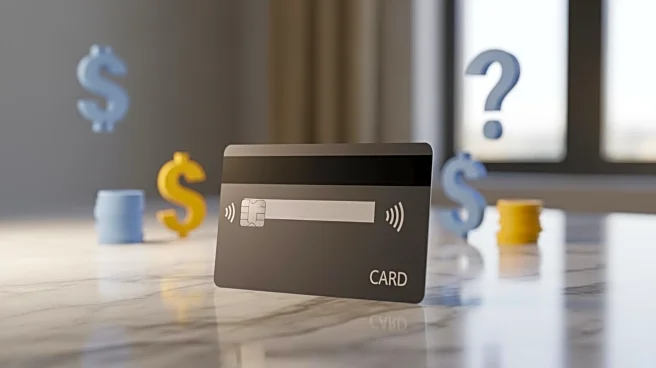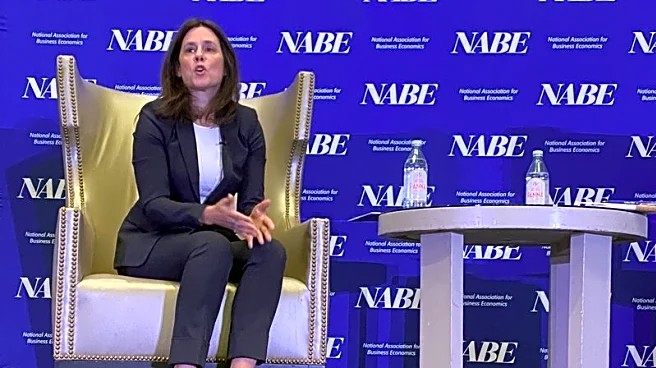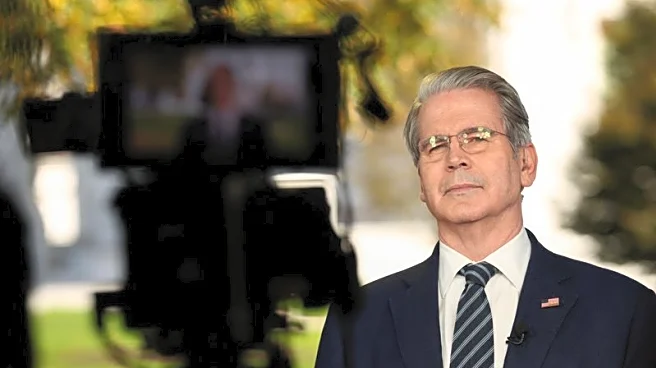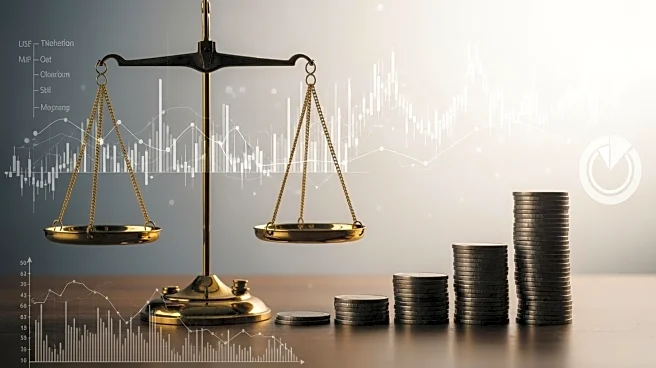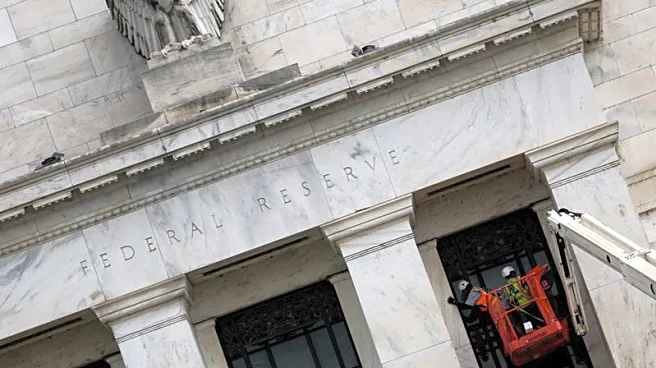What's Happening?
The U.S. Federal Reserve has cut its key interest-rate target by a quarter of a percentage point, providing potential savings for credit card users. This move is expected to save approximately $1.92 billion
in interest over the next 12 months. Despite the rate cut, Fed Chair Jerome Powell has indicated that further reductions are not guaranteed due to economic uncertainties, including a government shutdown. Mortgage rates have also decreased, offering relief to borrowers, while rates on new credit card offers remain high. Financial experts suggest that consumers should consider zero-interest balance transfer offers and improve their credit scores to reduce borrowing costs.
Why It's Important?
The rate cut provides immediate financial relief to consumers, particularly those with credit card debt, by reducing interest payments. This is significant in the current economic climate, where consumer spending remains solid but investor caution persists due to mixed economic signals. Lower mortgage rates can stimulate the housing market, benefiting borrowers and potentially boosting economic activity. However, the uncertainty surrounding future rate cuts highlights the challenges faced by policymakers in navigating economic fluctuations and making informed decisions.
What's Next?
The Federal Reserve's future actions will depend on economic data and conditions, with potential implications for interest rates and consumer borrowing costs. Consumers may continue to benefit from lower rates, but should remain vigilant about managing debt and improving credit scores. Financial advisors recommend taking advantage of current rates and exploring options like balance transfers to optimize financial health. The broader economic impact will depend on how these rate changes influence consumer behavior and spending patterns.
